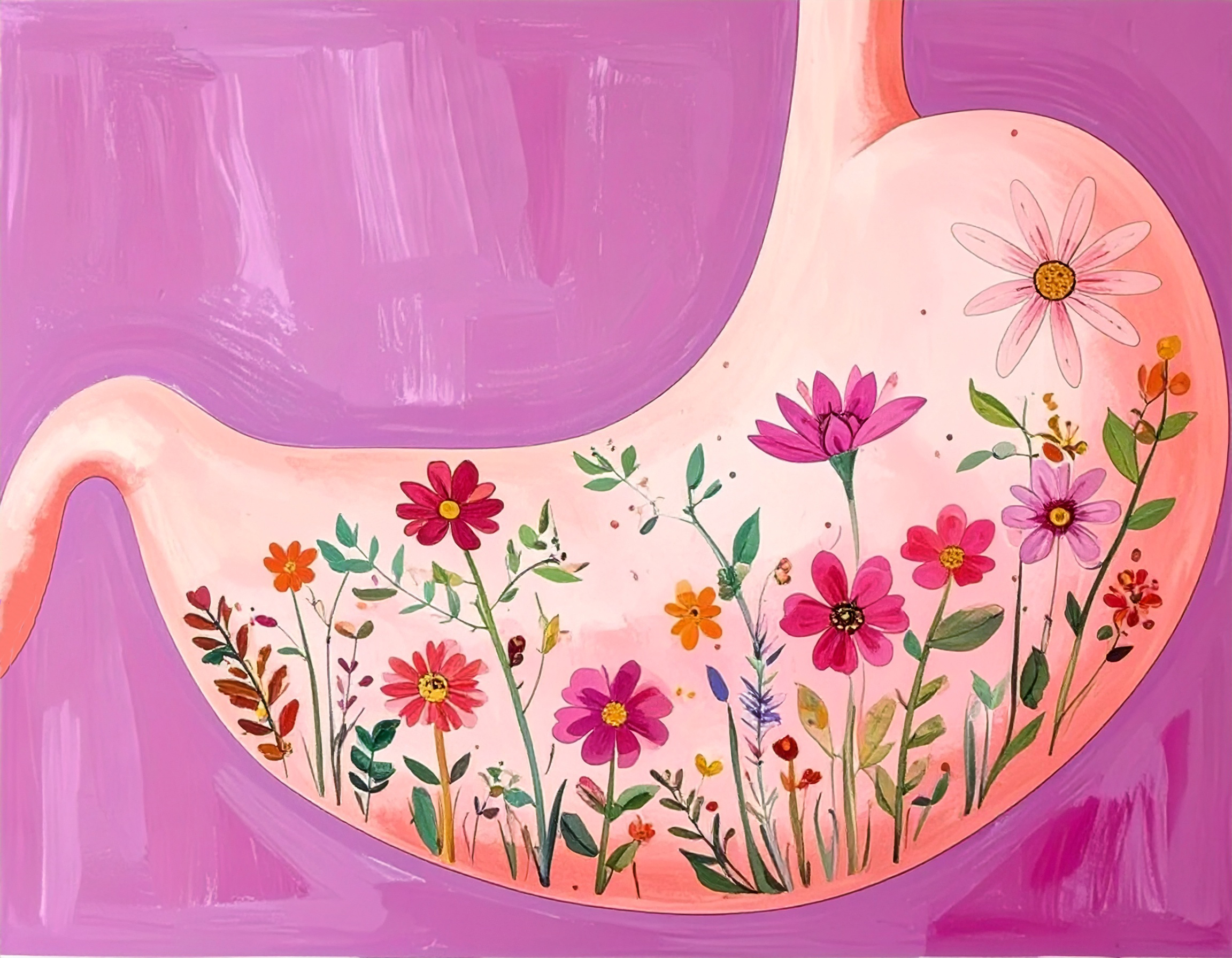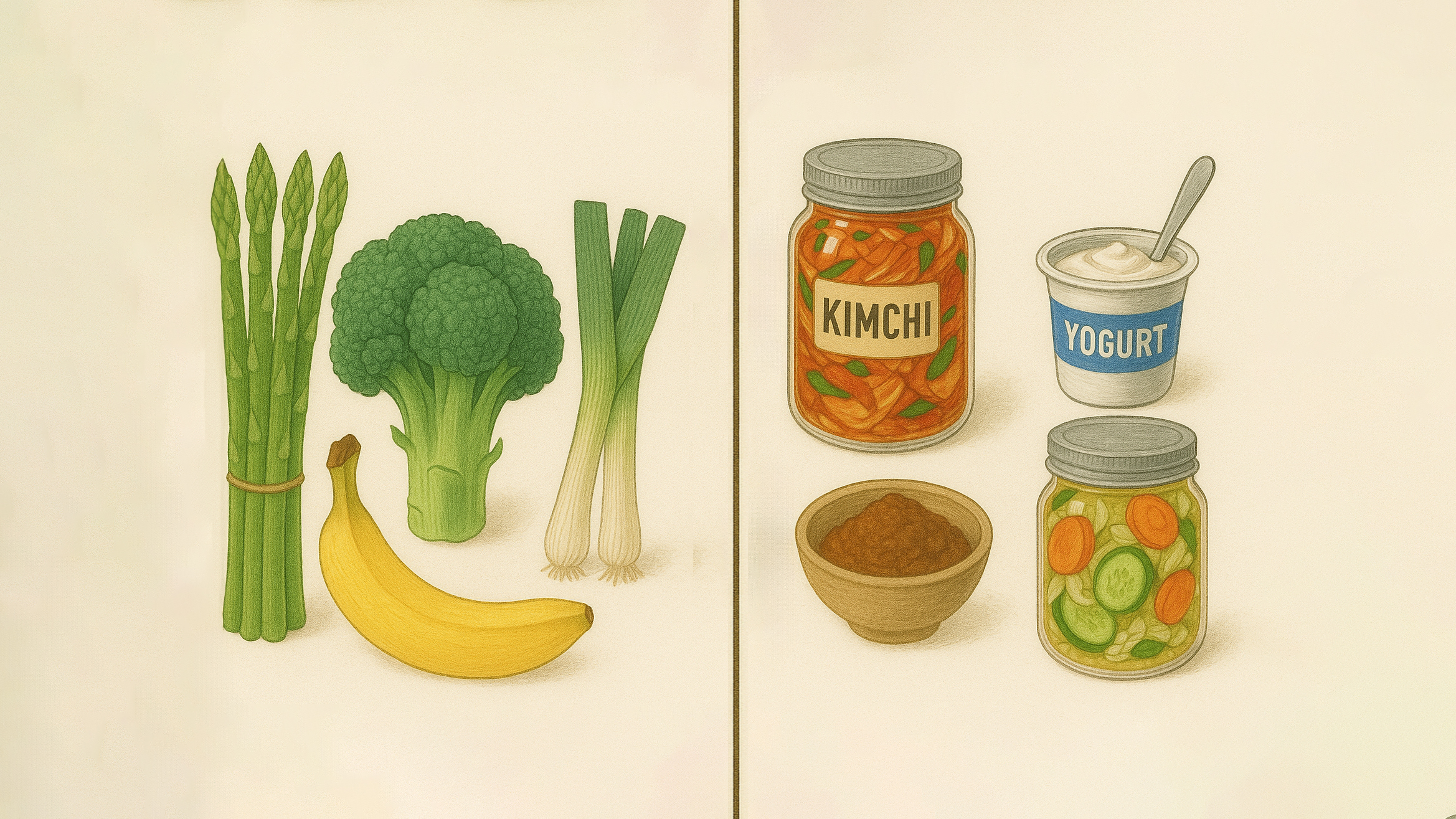Spring cleaning season extends beyond your home – it’s time for a gut microbiome spring clean too. Those months of comfort eating and reduced activity have left your digestive system feeling as cluttered as your closets. Here’s how to reset your bacterial balance and revive your gut health for the freshest start to the season yet, no harsh chemicals required.
Signs Your Gut Needs a Spring Clean
Numerous studies have shown how our gut microbiome is intrinsically linked to the food we eat. Its impact can be seen as early as our mother’s diet during pregnancy, and crucially as breast milk and solid food are introduced to our diet1. These days, diets that are high in fat, sugar, and red and processed meats – typical of Western countries – result in a gut microbiome that is significantly lower in microbial species diversity and abundance, compared to other regional diets2.
Winter Diet Damage: How Comfort Foods Disrupt Your Gut Bacteria
Our natural tendency to crave high-carb comfort foods over the Winter months usually results in a feel-good sensation (thanks, serotonin!3) that becomes short-lived once the new season comes around.
The result is an imbalance of bacterial diversity: bacteria correlating with intestinal inflammation, such as those from the Bacteroides and Enterobacteria genera and certain E. coli populations, are increased while beneficial fiber-digesting Firmicutes (i.e. Lactobacilli and Bifidobacteria) are reduced4.
These microbiome changes, also known as dysbiosis, have also been associated with higher risks of obesity, long-term weight gain, and higher incidence of gastrointestinal diseases such as IBD.
Mediterranean vs. Western Diet: The Gut Health Difference
In a study comparing consumers of a Western diet versus a Mediterranean diet, in which foods higher in fiber, beneficial fatty acids, and plant-based proteins are preferred, those sticking to the latter diet demonstrated significantly higher microbial diversity and increased levels of short chain fatty acids (SCFAs), Prevotella, and Firmicutes, all of which are associated with lower cardiovascular risk4.
Becoming more mindful of what you consume can re-establish a healthier gut microbiome to give you a fresh start for the year. Evidence also suggests positive microbiome changes can lift your mood and help you avoid bloating.
Probiotics for Gut Reset: Best Fermented Foods to Try This Spring
We are big on probiotics here at GUTXY, and for good reason. These are the ‘good’ bacteria that confer health benefits to our microbial community, helping to improve or prevent, among other physiological conditions, gut inflammation, IBS, and IBD5,6.
Fermented vegetables such as kimchi and sauerkraut, which have been fermented with a variety of lactic acid bacteria, have also shown to improve symptoms in IBS patients while positively altering gut microbiota composition.
Beyond Yogurt: Global Fermented Foods for Gut Health
While supplemental probiotics are a good option, incorporating probiotic-rich food into your daily meals can be a more delicious and natural route. You can find cultured products all over the world – think kombucha, kefir, miso, tempeh and lasso – all very readily available. Many fermented products are rich in desirable bacteria from the Lactobacillus and Bifidobacterium genera, which are some of the key players in regulating the microbial population of the digestive systems7.
Fermented vegetables such as kimchi and sauerkraut, which have been fermented with a variety of lactic acid bacteria, have also shown to improve symptoms in IBS patients while positively altering gut microbiota composition8,9.
Ready to spring clean your gut? Start by understanding what’s actually living in there. Getting a snapshot of your personal microbiome isn’t just fascinating – it’s the roadmap to transforming your digestive health with foods and habits tailored specifically to your body’s needs.



